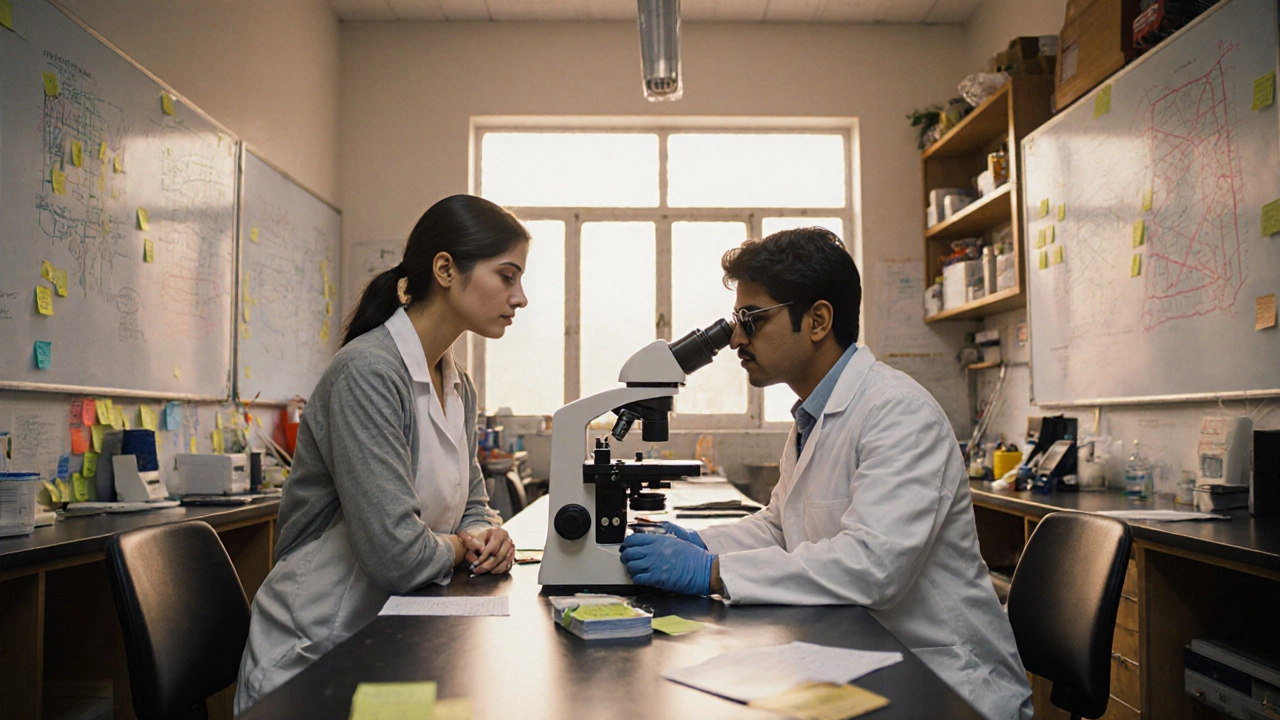Scientific Collaboration: How Teams in India Are Solving Big Problems Together
When we talk about scientific collaboration, the process where researchers from different fields, institutions, or regions work together to solve complex problems. It’s not just sharing lab space—it’s combining skills, data, and perspectives to make breakthroughs that no one person could achieve alone. In India, this isn’t theoretical. It’s happening in rural clinics, university labs, and startup hubs, where biologists team up with data scientists, engineers work with public health officers, and farmers give feedback on new tech before it even launches.
cross-disciplinary research, when experts from unrelated fields combine their knowledge to tackle a shared challenge is at the heart of today’s biggest wins. Take public health programs: they don’t succeed because of a single vaccine or law—they work because doctors, policymakers, community workers, and even software developers built them together. The polio campaign didn’t just rely on medicine; it needed mobile data trackers, local outreach teams, and logistics experts to reach every village. Similarly, renewable energy projects in India don’t just need solar panels—they need engineers to design them, economists to prove they’re cheaper than coal, and community leaders to get people to trust them.
knowledge sharing, the active transfer of insights, tools, and lessons between teams turns isolated experiments into national progress. A data scientist talking to a nurse isn’t just being polite—they’re turning raw numbers into real decisions that save lives. A transfer agent connecting a university lab to a local startup isn’t just handling paperwork—they’re making sure a discovery doesn’t die on a shelf. And when researchers in Bangalore share their AI models with farmers in Odisha, they’re not just sharing code—they’re sharing power.
What you’ll find below isn’t a list of abstract ideas. It’s a collection of real stories from across India where scientific collaboration made the difference. You’ll see how tech transfer fails without local partnerships, why data scientists spend more time talking to people than coding, and how public health programs succeed only when multiple teams are in sync. These aren’t exceptions. They’re the new normal—and they’re changing what science can do in India.






